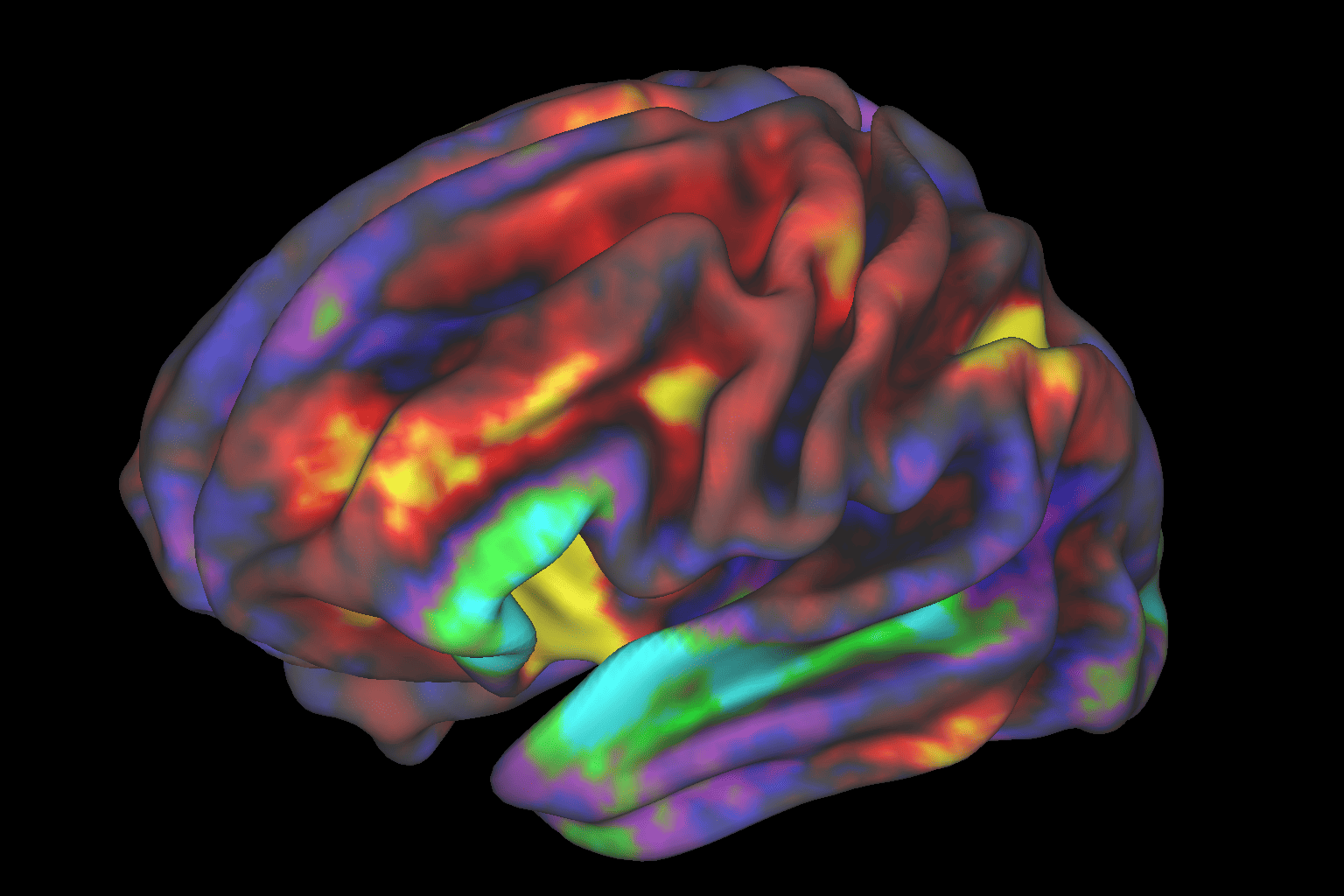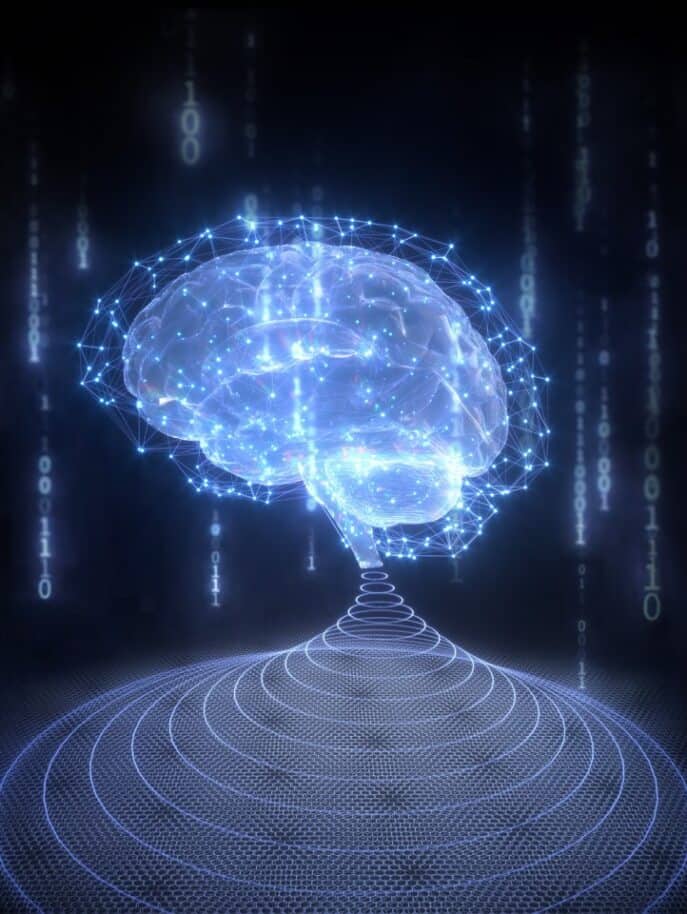
Exciting developments in fMRI technology are transforming the way neuroscientists study the brain. Nature writes about these developments. South Korean researchers have developed the DIANA technique, improving temporal precision and enabling millisecond-timescale tracking of brain activity, overcoming fMRI’s previous limitations in tracking slow haemodynamic changes. Meanwhile, MultiBand SENSE responds to the growing demand for better, faster functional and diffusion MRI in brain research. It accelerates fMRI and dMRI imaging without compromising image quality. This enables better spatial and temporal resolution in scans.
DIANA: A leap in fMRI technology
Jang-Yeon Park and his team at Sungkyunkwan University in Seoul have made groundbreaking advancements in fMRI with their DIANA (direct imaging of neuronal activity) technique. Unlike traditional fMRI, which captures brain slices as complete images, DIANA acquires brain image data in segments, using a computer algorithm to reconstruct the image. By utilizing a powerful MRI scanner and their software modification, the researchers have achieved the ability to track brain activity with millisecond precision, far surpassing the capabilities of conventional fMRI.
This development has caught the attention of the neuroimaging community and has opened new doors for fMRI research. Other researchers are exploring ways to measure neuronal activity more directly, rather than relying on blood flow proxies. This includes improvements to fMRI’s spatial and temporal resolution, enabling more accurate snapshots of the brain in action. Noam Shemesh, an interdisciplinary MRI scientist at the Champalimaud Centre for the Unknown in Lisbon, highlights the numerous promising avenues researchers are exploring, calling it “very exciting”.
MultiBand SENSE: Enhancing fMRI and dMRI capabilities
MultiBand SENSE is another significant innovation in functional and diffusion MRI for brain research. It accelerates fMRI and dMRI imaging without compromising image quality and achieves multi-band acceleration factors up to 8 for BOLD fMRI, leading to better spatial and temporal resolution in scans. Dr. Joel L. Steinberg, MD, confirms that “MultiBand SENSE has greatly improved temporal and spatial resolution, while maintaining full brain coverage”.
This development has proven essential for institutions participating in multi-center clinical studies requiring high imaging specifications within strict time limits. MultiBand SENSE helps neuroscientists study the brain’s function and connectivity, allowing for high temporal resolution in BOLD fMRI. It enables differentiation between actual brain activation signals and other physiologically influenced signals, potentially “cleaning up” functional brain images and visualizing details previously difficult to image. This technique may find applications in monitoring patient responses to treatment.
Challenges and potential applications
Despite these remarkable advancements, some limitations remain. BOLD imaging, for example, does not directly measure brain activity, as blood oxygenation changes can take seconds to occur, while neurons fire on millisecond timescales. This raises questions about the relationship between neuronal activity and blood oxygenation and whether it is consistent throughout the brain. Furthermore, fMRI struggles to image diseases affecting blood flow, such as cardiovascular disease or Alzheimer’s disease.
Researchers are now searching for alternative methods for measuring brain function, including detecting neuronal activity directly or tracking physiological changes. Diffusion fMRI, which detects changes in neuronal swelling, has yet to gain widespread adoption due to weaker signals, the need for new software, and convincing the neuroimaging community of its utility.
With the development of DIANA and MultiBand SENSE, the future of brain imaging looks promising. Improved temporal and spatial resolution, along with the ability to differentiate between actual brain activation signals and other influences, could lead to breakthroughs in understanding and treating neurological diseases.








